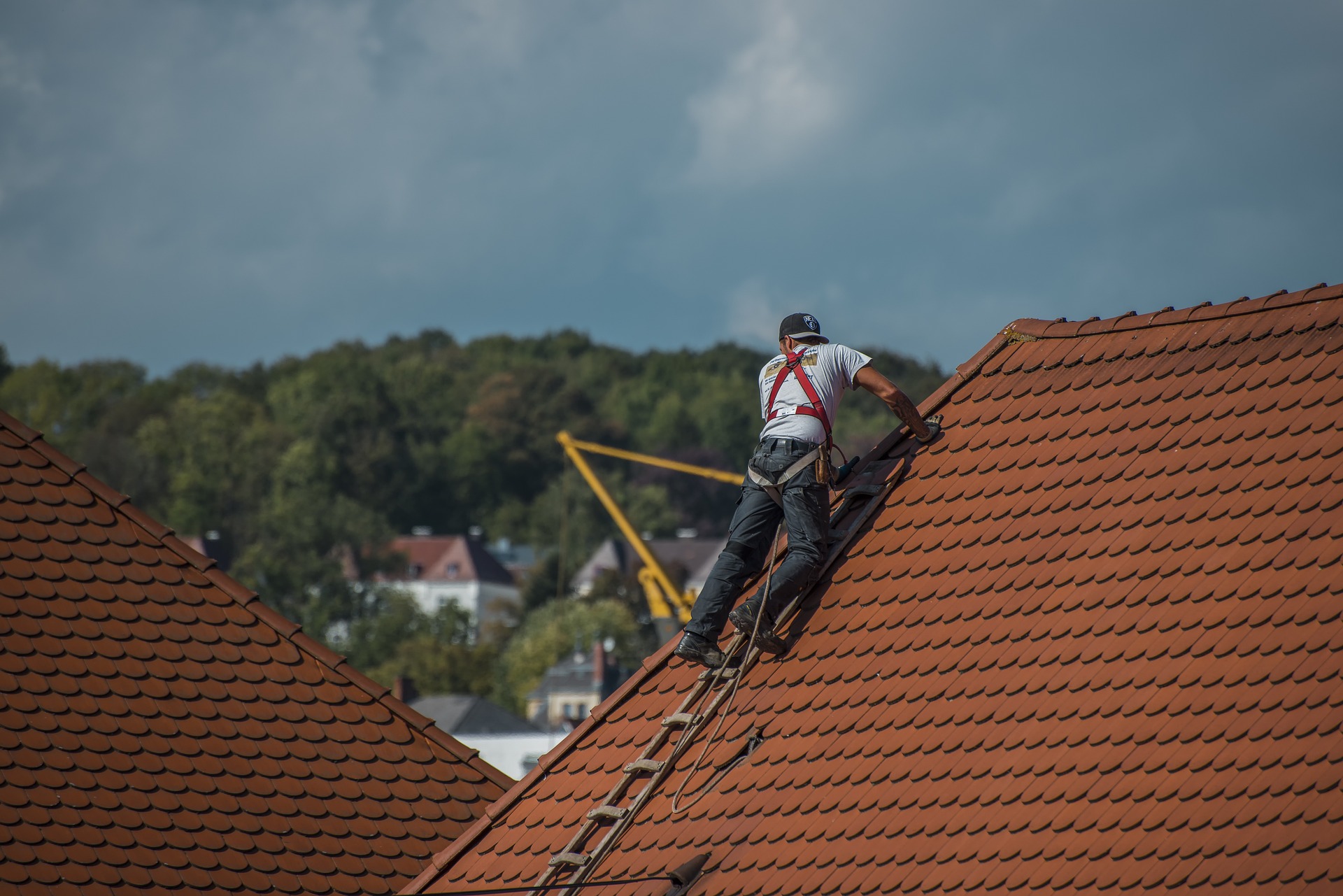Protecting underlayment and warranty terms during surface maintenance
Proper roof maintenance preserves underlayment performance and helps keep warranty terms intact. This article outlines how cleaning methods, inspections, and runoff control interact with shingles, tiles, and metal surfaces and what to consider when planning maintenance.

Regular surface maintenance can protect the underlayment beneath shingles, tiles, and metal roofing while helping homeowners comply with warranty terms. Understanding how biological growth, cleaning methods, and runoff behavior impact layers below the visible surface is important when planning work on a roof. This article outlines practical approaches to cleaning, inspection, and preservation that reduce the risk of unintended damage and voided warranty clauses.
How do shingles, tiles, and metal react to cleaning?
Different roofing materials respond to cleaning in distinct ways. Asphalt shingles are prone to granule loss if scrubbed aggressively; granule depletion shortens service life and can expose underlayment to UV and moisture. Clay or concrete tiles can crack or dislodge when hit with high-pressure water, letting water reach the underlayment. Metal roofs resist biological growth better but can develop corrosion if coatings are stripped or if runoff concentrates contaminants. When planning maintenance, select methods compatible with the roof material and follow manufacturer guidance so the visible surface is cleaned without compromising the underlayment below.
How to address algae, moss, lichen, and mildew?
Algae, moss, lichen, and mildew are common on shaded or humid roofs and can trap moisture against the roof surface. Moss can lift tiles or shingles, creating entry points for water that reach the underlayment and decking. Lichen and algae may stain and degrade organic materials over time. Effective removal focuses on killing and loosening growth before gentle removal: apply appropriate biocidal solutions, allow them to take effect, then rinse with low pressure or soft brushing. Preventive measures—like trimming overhanging branches and improving ventilation—reduce recurrence and protect underlayment integrity.
Softwash vs pressurewash: effects on underlayment
Softwash employs low-pressure application of detergents or biocides and is designed to clean without driving water into seams or under shingles. This method reduces the chance of saturating underlayment and is often recommended for asphalt and tile roofs when manufacturer instructions permit it. Pressurewash uses high-pressure streams that can lift shingles, force water beneath edges, and abrade protective coatings, increasing the risk of underlayment damage and potential warranty issues. Review roofing system care requirements; many warranties specify allowable cleaning methods and explicitly discourage high-pressure washing to prevent voiding coverage.
Maintenance, inspection, and preserving warranties
Routine inspection and documented maintenance help preserve both the underlayment and warranty status. Inspect roofs at least annually and after major storms, noting torn flashings, lifted shingles, broken tiles, or signs of trapped moisture. Keep records—dates, photos, and service details—so you can demonstrate proper upkeep if warranty questions arise. Follow manufacturer cleaning instructions and use recommended products or certified contractors. Some warranty clauses require specific maintenance intervals or prohibit certain chemicals and tools; reading warranty terms carefully and asking manufacturers for clarification avoids unintended violations.
Safety, ecofriendly runoff, and best practices
Safety and environmental considerations are part of responsible roof maintenance. Use fall protection and safe ladders or hire trained professionals for steep or fragile roofs. Choose ecofriendly cleaners and manage runoff to avoid harming landscaping or municipal storm drains: use biodegradable detergents, contain and redirect rinsate, and avoid concentrated flows that carry chemicals into waterways. Local regulations may restrict what can be discharged; verify local services and permitting. Proper containment and selection of less-toxic treatments help protect both the property and the surrounding environment.
Choosing local services and inspection tips
When selecting local services, prioritize contractors with roof-specific experience, insurance, and references for working with shingles, tiles, or metal. Ask how they protect underlayment during cleaning, whether they use softwash techniques, and how they control runoff. Request proof of training, manufacturer certifications, or membership in professional associations. During inspections, confirm that flashings, sealants, and vents are intact and that no cleaning approach will drive water beneath the roofing elements. Written estimates and documented post-work photos support warranty compliance and future care planning.
Routine, well-documented maintenance that follows manufacturer guidance reduces the risk of underlayment damage and preserves warranty coverage. Choosing appropriate cleaning methods and qualified local services, managing runoff responsibly, and keeping inspection records form a practical framework for preserving roofing systems across shingles, tiles, and metal surfaces.





